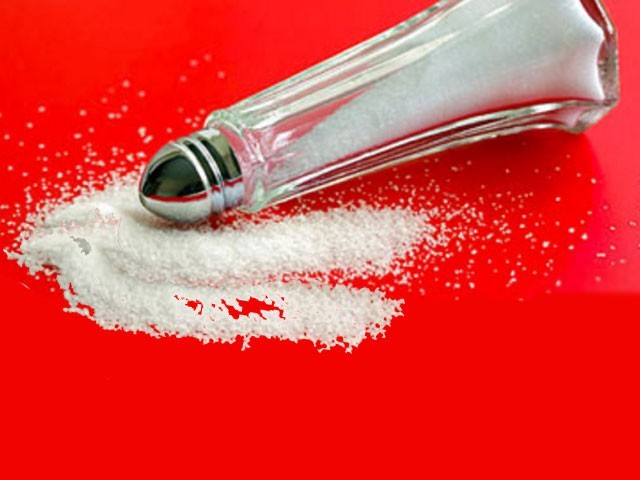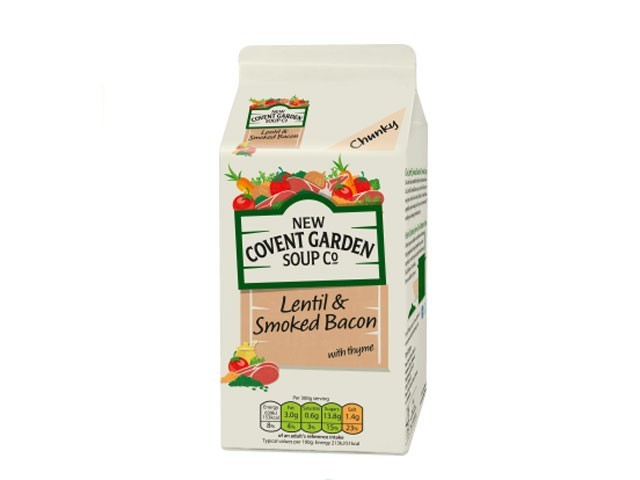I truthfully wasn't totally clear on why salt was so bad, so i've decided to dig deeper here and share the facts with the similarly clueless ;-)

Excess Salt: Risk factors in children
According to World Action on Salt and Health "There is now evidence to show that a high salt intake in children may predispose an individual to the development of a number of diseases including: high blood pressure, osteoporosis, respiratory illnesses such as asthma, stomach cancer and obesity. - See more at www.worldactiononsalt.com " In order to mitigate these risks, the government recommended maximum daily salt intakes (grams per day) is as per The Scientific Advisory Committee on Nutrition (2003) Salt and Health as follows:
| Age | Target Average Salt Intake (g/d) |
|---|---|
| 0 - 6 months | Less than 1 |
| 7 - 12 months | 1 |
| 1 - 3 years | 2 |
| 4 - 6 years | 3 |
| 7 - 10 years | 5 |
| 11 years+ | 6 |
How much salt is in our food?
75% of the salt we consume is already in the products we're eating such as cereals, cheese, bread and processed food including pizzas, ready meals and mayonnaise, so we can't just choose to not add salt to dishes, and think we've done enough to prevent the ill-effects. We need to study the food nutritional labels on everything we, and especially our children, eat.
Just to give you an idea on the scale of our challenge, I've just pulled out some basic examples of things we give our children every week with the salt content per portion:
- Heinz baked beans 1.3g per half a can
- Slice of bread without butter 0.4g*
- I Can't Believe It's Not Butter per 10g serving 0.15g
- 30g serving of Cathedral City 0.5g**
- 1 slice of Tesco British Honey Roast Ham 0.5g
- A pack of Pom Bear crisps 0.27g
- New Covent Garden Lentil and Smoked Bacon Soup per half a pack 1.6g
*There are wide variations in loaves of bread, but after looking at the NHS information concerning salt content in bread, it seems that a typical 40g slice of bread is likely to contain at least 0.4g of salt.
**The Campaign against Salt and Health (CASH) undertook testing of a total of 612 cheeses. Halloumi and imported blue cheese had the highest average salt level (2.71g/100g) followed by some processed cheeses (2.48g/100g). Cottage cheese had the lowest (0.55g/100g).
Using the above ingredients, we can calculate the total salt content in some basic meals as follows:
Soup, bread and butter = 2.7g
Beans on toast with a little grated cheese on top = 2.9g
Ham sandwich with children's crisps = 2.37g
Giving your child these light meals which we'd normally assume are reasonably healthy, your 6 year-old could easily rack up close to the maximum daily salt intake without having eaten anything else at all. You can see how carefully you'll need to manage this in order to not put huge strain on your little ones' kidneys, risk higher blood pressure, higher risk of stroke, potentially increased stomach cancer risk, etc.. etc..
Reducing our children's salt consumption
The easiest first step is to not add salt to any cooking. To avoid this, don't put salt on the table, use herbs, pepper, garlic and lemon/lime juice to get more flavour, and try roasting veg before putting in soups, stews, sauces, etc.. to enhance the flavour without the need for salt.
As we've seen already, you'll have to go beyond this though because of the prevalence of salt in all processed foods we buy. Pay close attention to food labels and always avoid high salt foods (more than 1.5g salt (0.6g sodium) per 100g; low salt is 0.3g salt (0.1g sodium) or less per 100g). Remember sodium x 2.5 = salt content i.e. 2.4g of sodium is the same as 6g of salt.
Food Standards Agency (FSA nutrient and food based guidelines for UK institutions Revised October 2007) suggests that the energy, protein and fibre we eat should be distributed approximately: breakfast and daytime snacks 20% each; lunch and dinner 30% each. It also recommends that salt intake should broadly match this, therefore for a 4-6 year old, each main meal would have 0.9g salt maximum.
This is very do-able with home-cooked vegetables and also carbohydrates such as pasta, dry rice and potatoes which have no added salt; add protein such as fish, egg or homemade burgers, none of which have significant salt content and you have a balanced meal which easily falls within the salt guidelines.